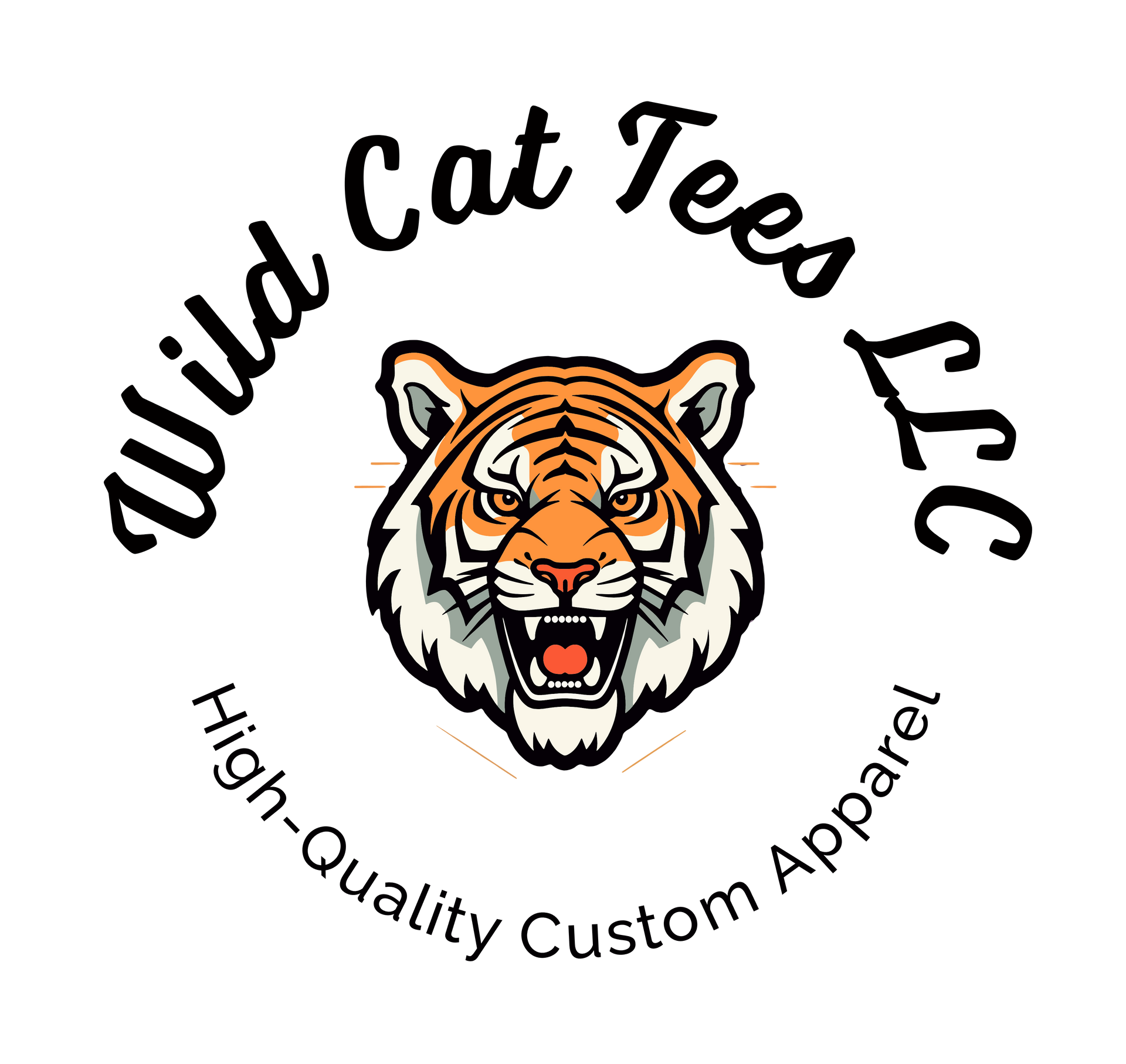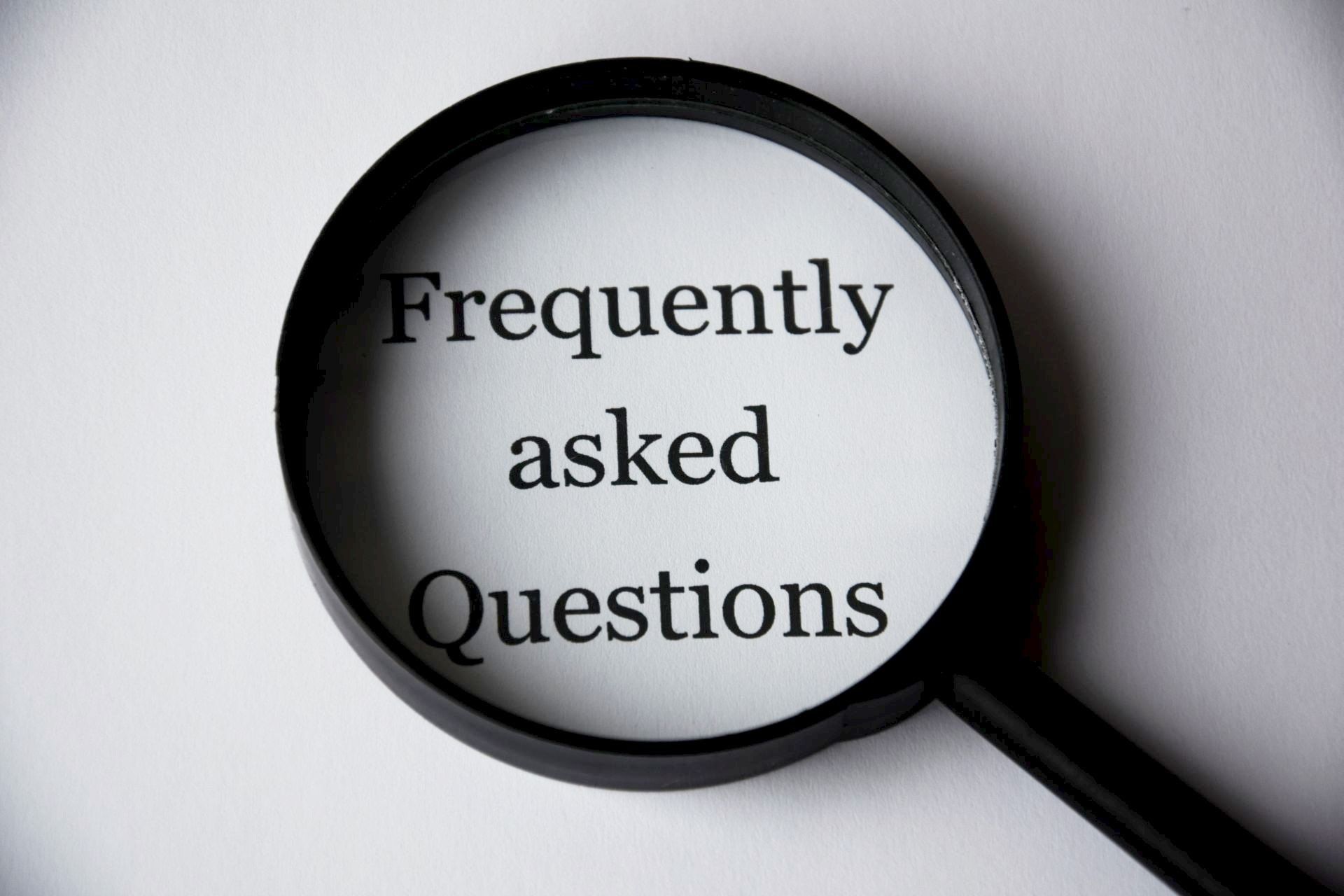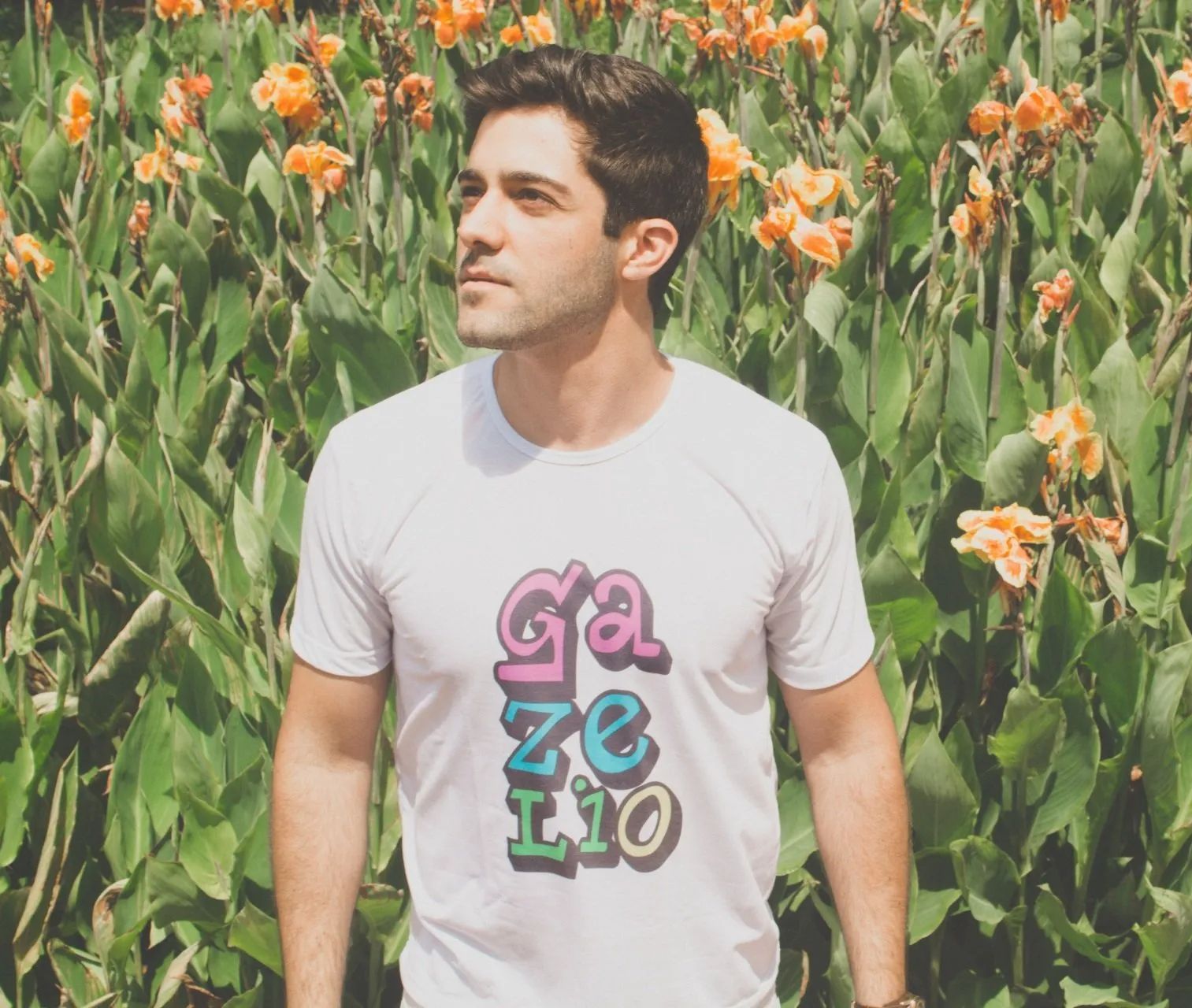


THE MOST COMMON SCREEN- PRINTING QUESTIONS

If you’ve ever wondered how your favorite custom-designed shirts are made, chances are you’ve come across the fascinating world of screen printing. This versatile and popular printing technique has been around for centuries and is the go-to choice for creating stunning apparel and more. Explore some of the most common questions in the realm of screen printing.

WHAT EXACTLY IS SCREEN PRINTING AND HOW DOES IT WORK?
Screen printing, also known as silkscreen printing, is a process that involves creating an image by pressing ink through a woven mesh stencil (screen) onto a material, such as fabric or paper. By stretching the prepared screen tightly over a frame, printing providers can transfer designs seamlessly. Each color in the artwork requires a separate screen, giving the printmaker complete control over color placement and intensity.
WHICH GARMENTS DOES SCREEN PRINTING WORK WITH?
Screen printing is ideal for a wide variety of clothing, including t-shirts, hoodies, hats, shorts, and more. Flexible inks are compatible with most fabrics, such as cotton, polyester, and nylon. Additionally, specialty items like bags and jackets are also popular choices for screen printing. All of these options make screen printing an ideal choice for creating custom items for promotional or personal use.
HOW LONG DOES SCREEN PRINTING TAKE?
The time it takes to complete a screen printing job depends on the complexity of the artwork, the size of the order, the availability of materials, and the time of year. Typically, larger orders take longer to produce than smaller ones since they involve more setup procedures. At Wild Cat Tees, our usual turnaround time is two weeks, although this can vary based on the time of year. For more complex orders, it can take up to four weeks for production and delivery.
DO YOU HAVE TO PROVIDE YOUR OWN ARTWORK FOR SCREEN PRINTING?
In most cases, yes. Wild Cat Tees require that clients supply their own artwork in a vector format. Vector files are composed of paths rather than pixels and are easy for the printer to use as a template for creating screens. Common vector file formats include Adobe Illustrator files (.ai), Encapsulated PostScript files (.eps) and Scalable Vector Graphics (.svg). It’s important to note that small, intricate details in artwork may not be printable due to their size. We can provide helpful guidance related to artwork requirements.
WHAT ARE SPECIAL EFFECTS IN SCREEN PRINTING?
Screen printing offers numerous effects printing providers can utilize to create unique, eye-catching designs. From glitter and foils to puff and glow-in-the-dark prints, special effects can add a high level of detail and dimension to any garment or other product. By combining these techniques with standard screen printing methods, providers can create stunning visuals that really stand out.
